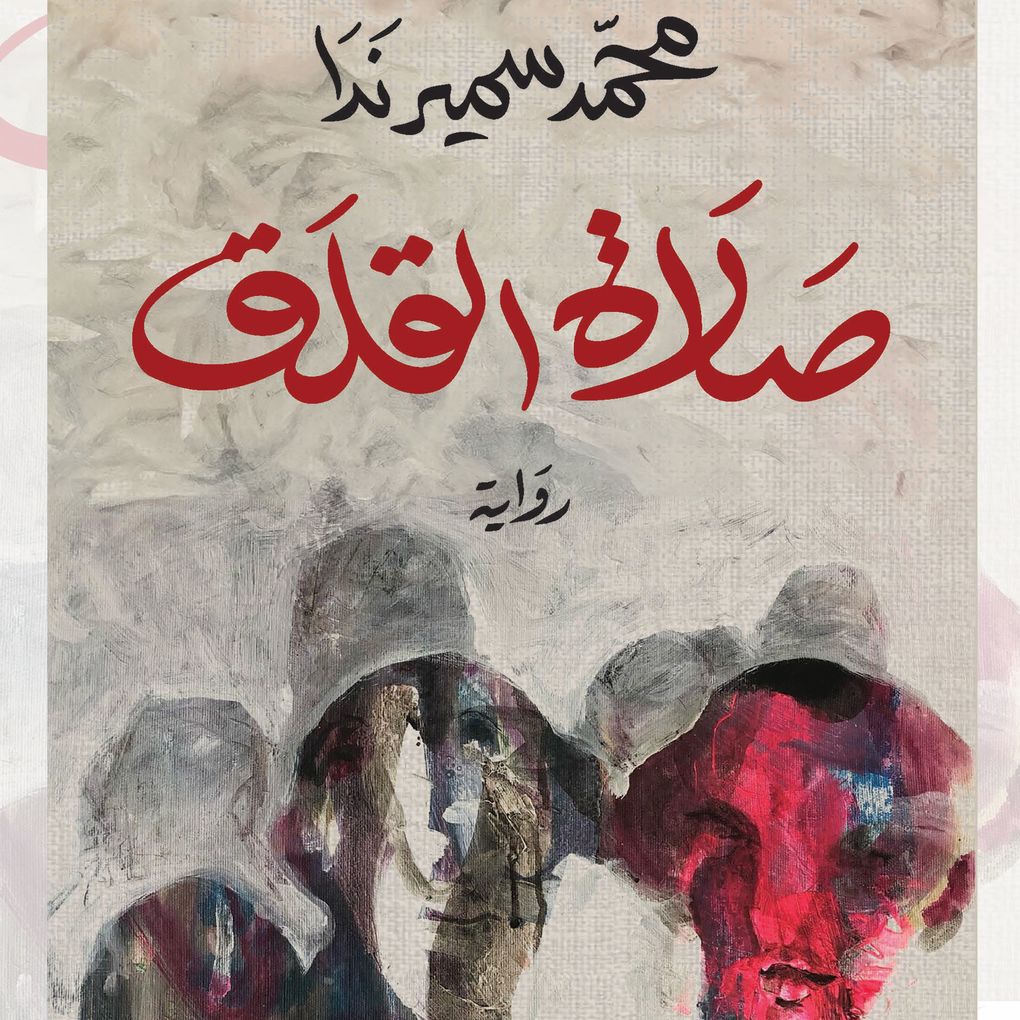
Sofort lieferbar (Download)
A village planted in oblivion. Its surface is shaken by a mysterious explosion of an unknown object in 1977, and it suddenly turns into a tightly sealed box in which each villager lives his own epic: oppressed rebels demand freedom and tyrannical tyrants tighten their grip on lives and necks. But the narrative thread only advances to take us back, so the novel sheds light on a harsh decade that extends between the moment of 1967, historically known as the setback, and the year 1977, the moment of the explosion and the turning of the narrators' heads into turtles' heads.
A single event in a single village narrated by eight different characters, whose narratives form the mosaic of the story in a magical formation. As for the bottom of the novel, it is a narrative questioning of the setback and the illusions of sovereignty and victory that followed it. Who writes the real history: the boot, the gun, and the iron chains, or the undying cries of rebellion? And what does 1977 awaken in us? The death of art or the absurdity of fate? Isn't Nag'a al-Manasi an abbreviation of human existence and a metaphor for the meaning of our residence on earth? Whatever the answer, great novels must gather in one fist: the universality of meaning and the pleasure of art.
A single event in a single village narrated by eight different characters, whose narratives form the mosaic of the story in a magical formation. As for the bottom of the novel, it is a narrative questioning of the setback and the illusions of sovereignty and victory that followed it. Who writes the real history: the boot, the gun, and the iron chains, or the undying cries of rebellion? And what does 1977 awaken in us? The death of art or the absurdity of fate? Isn't Nag'a al-Manasi an abbreviation of human existence and a metaphor for the meaning of our residence on earth? Whatever the answer, great novels must gather in one fist: the universality of meaning and the pleasure of art.
Produktdetails
Erscheinungsdatum
20. April 2025
Sprache
arabisch
Ausgabe
Ungekürzt
Dateigröße
417,72 MB
Laufzeit
640 Minuten
Autor/Autorin
Mohamed Samir Nada
Sprecher/Sprecherin
Radwan Sawan, Asia Nabulsi
Verlag/Hersteller
Family Sharing
Ja
Produktart
MP3 format
Dateiformat
MP3
Audioinhalt
Hörbuch
GTIN
0409940017619
Bewertungen
0 Bewertungen
Es wurden noch keine Bewertungen abgegeben. Schreiben Sie die erste Bewertung zu "Prayer of anxiety" und helfen Sie damit anderen bei der Kaufentscheidung.









